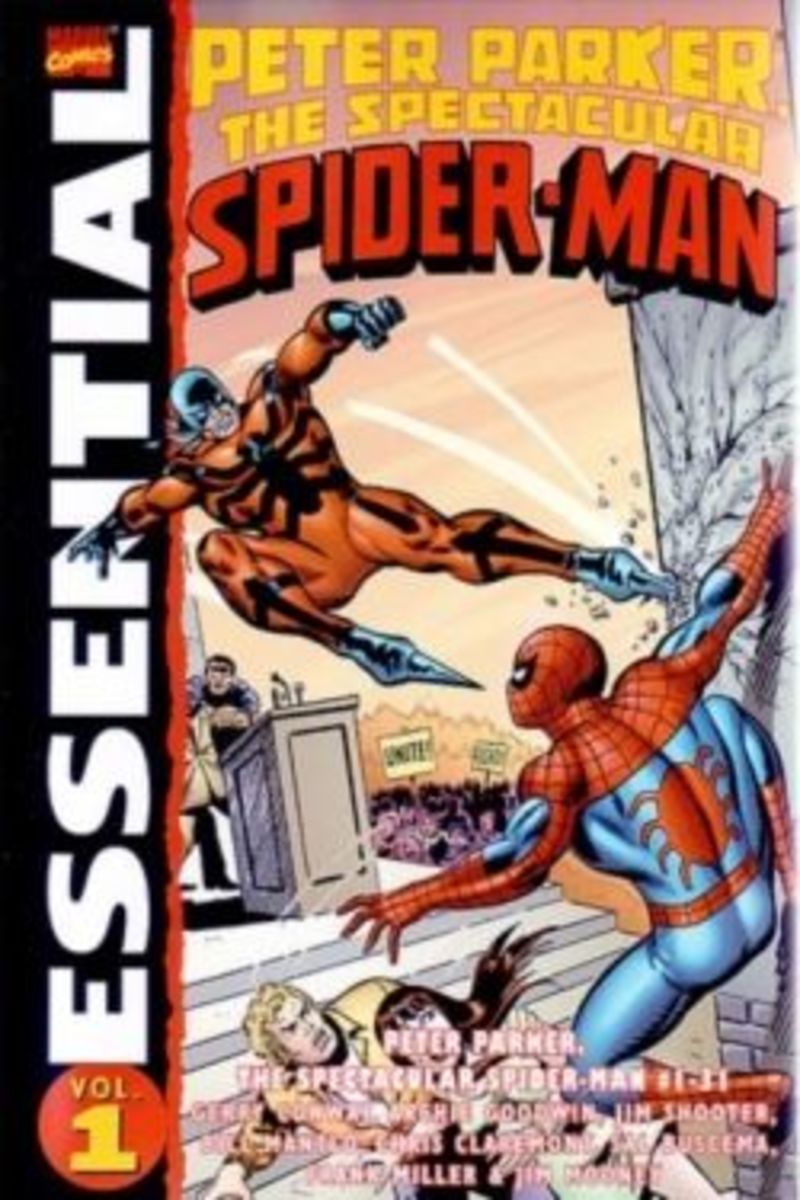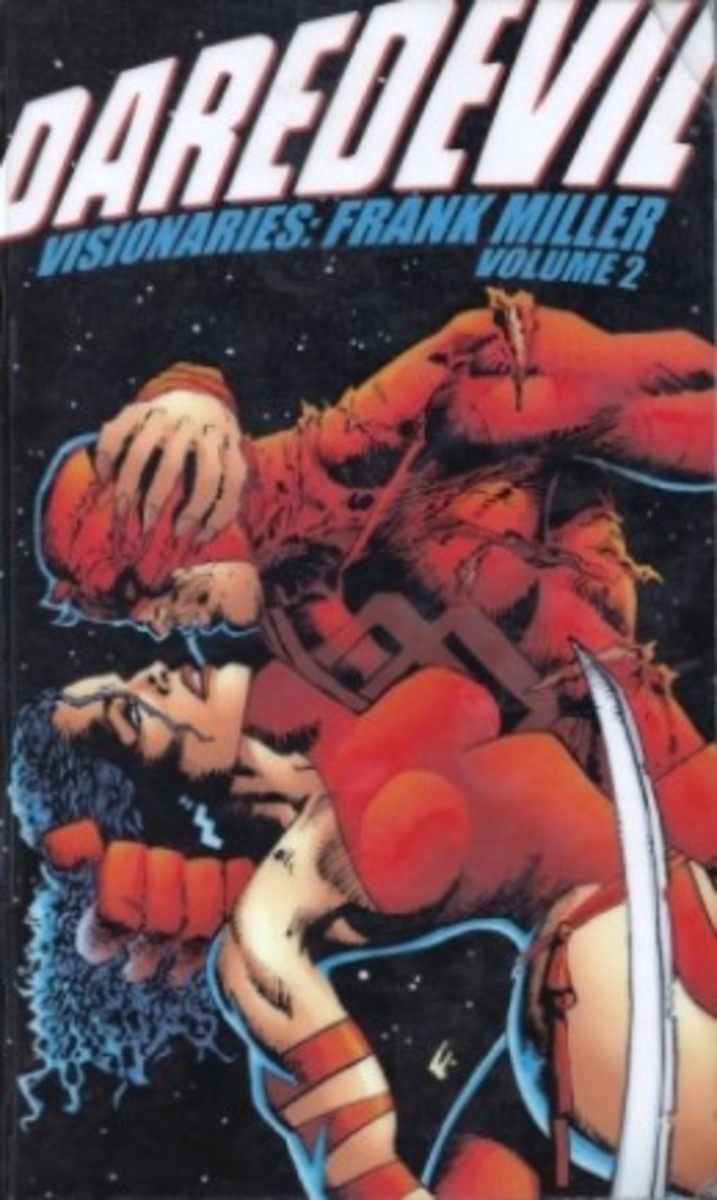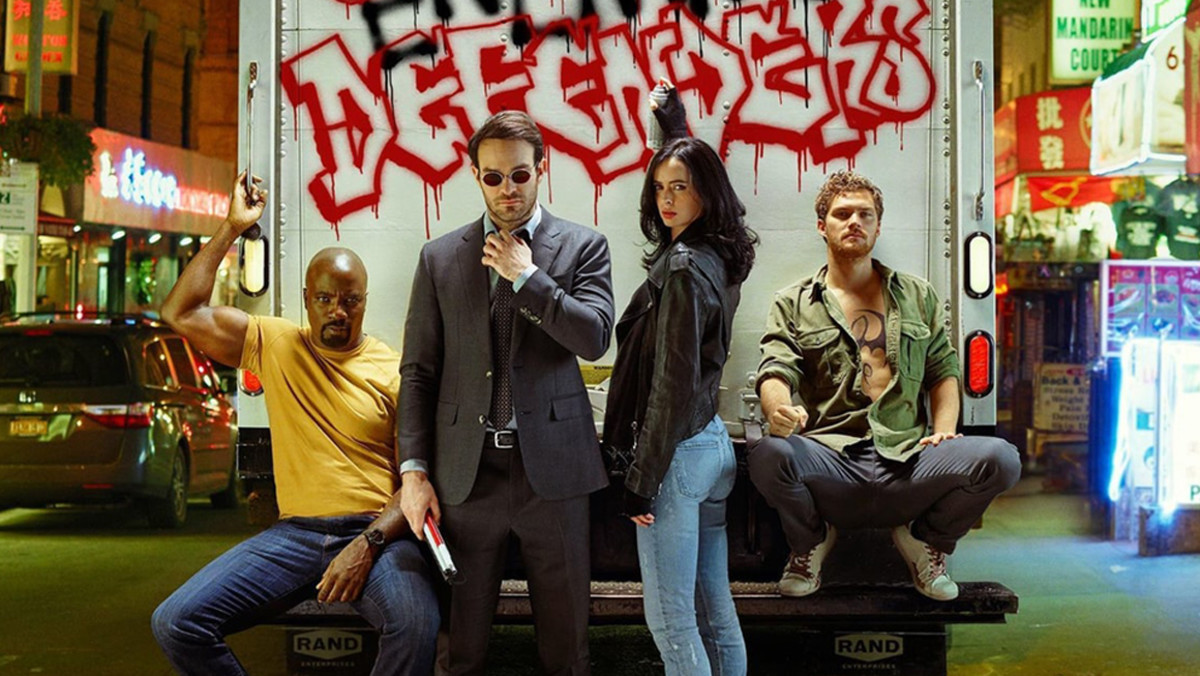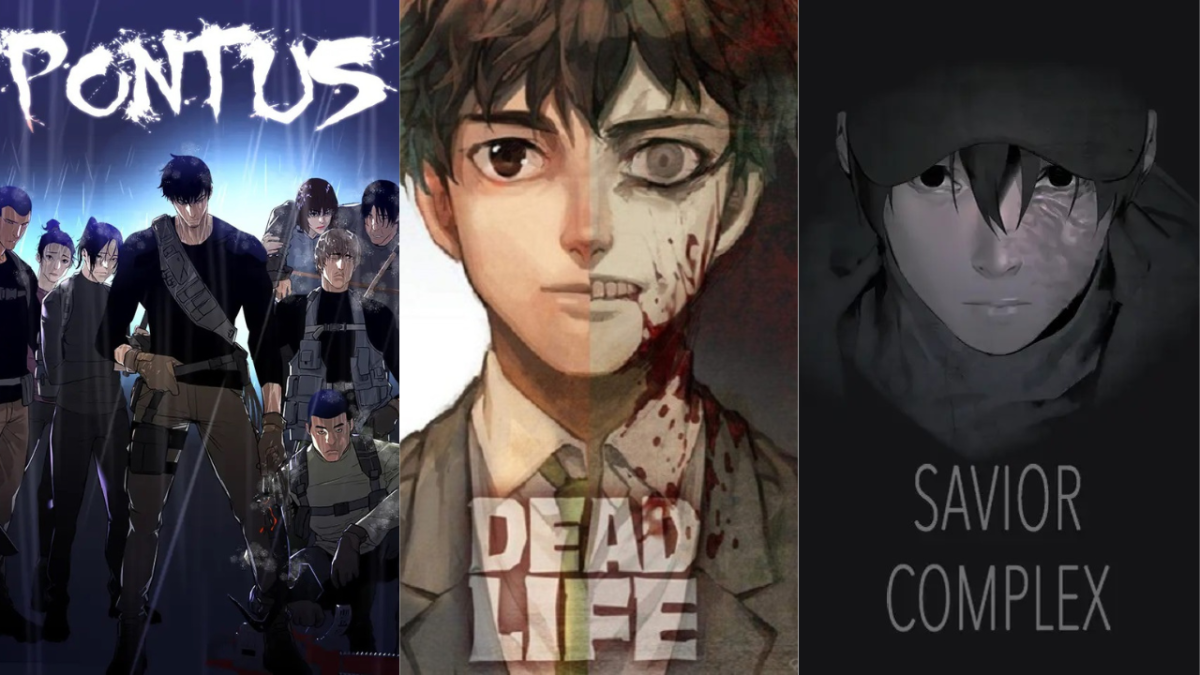The Debut of Daredevil, Marvel Comics' Blind Superhero
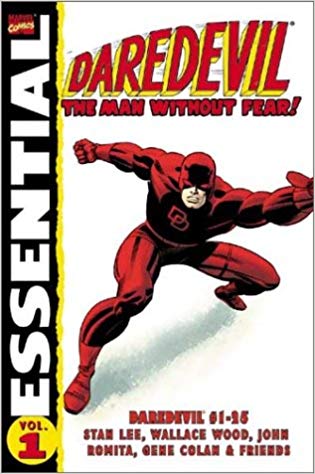
In the mid-1970s, I was a young teenager faced with a true dilemma. I was standing in a store in Highland Park, New Jersey, that sold back issues of comic books, and I was looking at Daredevil No. 1. Its price tag was more than I had ever paid for any single comic book -- much more -- and I remember my mother thinking it was ridiculous that I would even think about paying so much. After all, at the time you could get three or four new comic books for a dollar.
But Daredevil was my favorite superhero when I was growing up, mainly because he was living with a cool Russian spy called the Black Widow when I first started reading his comic. (This was before artist/writer Frank Miller turned the series into one of the all-time great run of comics in the late 1970s).
I had started reading Daredevil right around issue No. 81, when the Black Widow was first introduced into the series as Daredevil's partner and love interest. Over the next few years I had found and bought every issue of the series from No. 2 on, and had read a reprint of the debut issue.
And I loved the series. The origin was a classic, and appears in the first issue of this collection. A young boy, who promises his boxer father never to fight, loses his eyesight in an accident and goes on to become a lawyer while developing hyper-senses that allows him to get around better than sighted people. When his father is murdered, the young man decides to keep his promise by donning a costume and finding the killer as Daredevil.
It's a great beginning, and writer Stan Lee does a fun job in exploring all the ways Daredevil's heightened senses work during the first 25 issues of the series that are collected in this volume, called Marvel Essential Daredevil 1. He also introduces a great love triangle between Daredevil's secret identity, Matt Murdock; his law partner Foggy Nelson; and their secretary Karen Page.
This relationship would drive many stories for decades. A great example comes in issues No. 16-19. Spider-Man mistakenly accuses Foggy Nelson of being Daredevil, and because Page is a fan of Daredevil Nelson doesn't fully deny it. In fact, he even goes so far as to dress as Daredevil and get mixed up with a super-villain, forcing the real Daredevil to come to the rescue!
The stories in this volume also include issue No. 7, which marked a milestone in Daredevil history because it was the introduction of the character's classic red uniform. In the tale, Daredevil refuses to give up while trying to save New York City from the much-more-powerful Sub-Mariner. It's a true classic, and I think I've read that Stan Lee used to say it was one of the favorite stories he's ever written.
The art overall in this book is pretty strong, with Wally Wood, Jack Kirby, John Romita Sr. and Gene Colan handling most of the chores.
I highly recommend this volume for because the stories are fun and entertaining, and Daredevil is such a great character.
As for that long-ago day in Highland Park, I went against my mother's wishes and proceeded to give the store owner all of my money. It was indeed the most I ever paid for a comic at the time and maybe for years to come.
But I never regretted that $30 purchase, and Daredevil No. 1 is still one of the prizes of my collection.
You can continue following Daredevil through the next volumes of his Marvel Essential series, available on Amazon. Volume 4 contains the issues that introduced the Black Widow into the series, but the previous two are also a lot of fun.
One thing you will notice is the art, almost all of which in these three volumes was done by the great Gene Colan. His work is strong enough that it doesn't need full color. I wrote an appreciation of Colan when he died a few years ago, and you can find it here:
This is the first part of a documentary about Daredevil, with Stan Lee discussing his concerns about creating a blind superhero and the fans' reaction once the character appeared.
Daredevil was a solid but second-tier character for Marvel Comics for more than a dozen years after his debut. Then writer/creator Frank Miller arrived in the late 1970s, injecting a street realism to the series that sparked fans' interest and drove the comic to a classic run of tales.
Those Miller stories are collected in the following volumes, which are reviewed in more depth here:
1) Frank Miller's debut brings greatness to Daredevil
http://www.squidoo.com/daredevil-visionaries-frank-miller-debuts
2) Frank Miller and the Saga of Elektra





